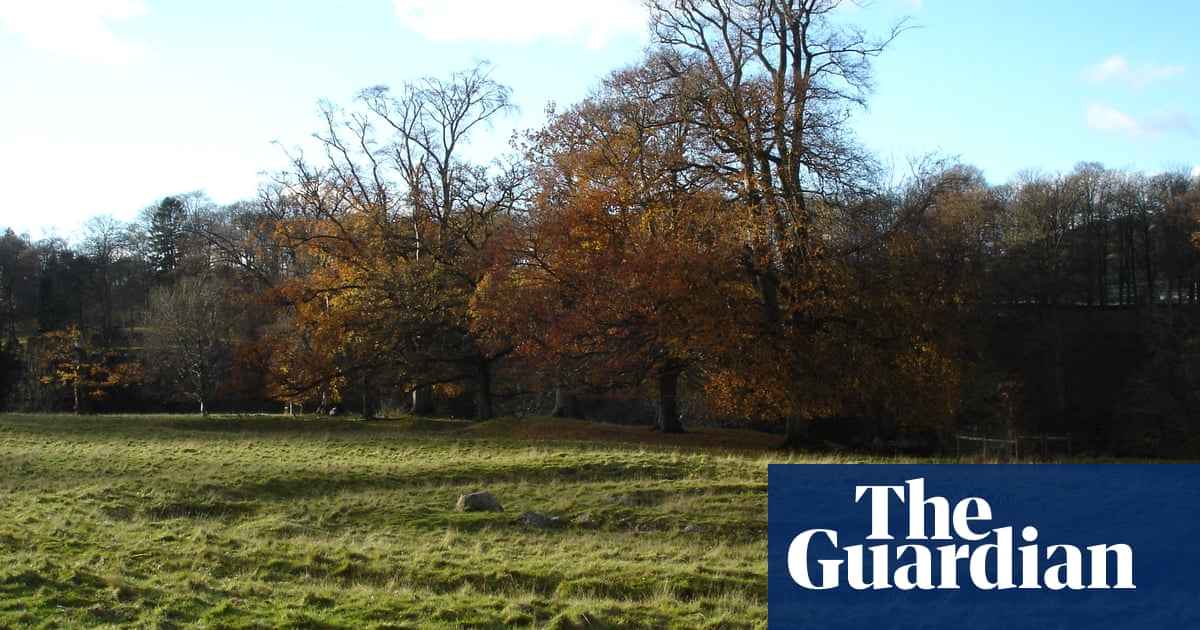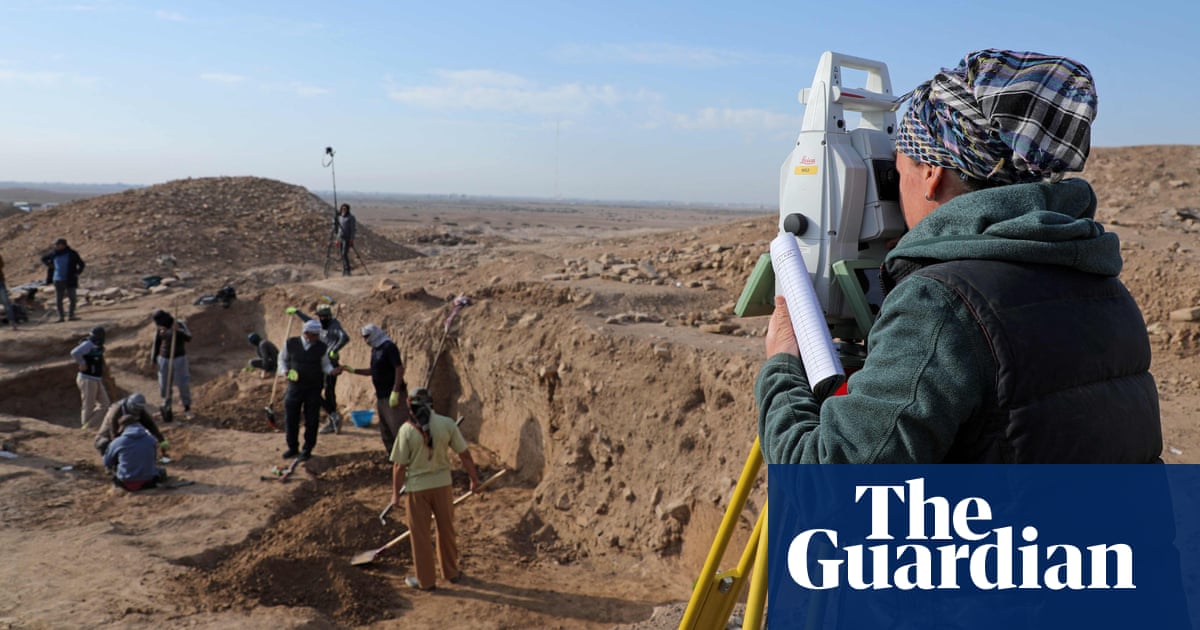
Modern analysis of a 1,000-year-old grave in Finland challenges long-held beliefs about gender roles in ancient societies, and may suggest non-binary people were not only accepted but respected members of their communities, researchers have said.
According to a peer-reviewed study in the European Journal of Archaeology, DNA analysis of remains in a late iron age grave at Suontaka Vesitorninmäki in Hattula, southern Finland, may have belonged to a high-status non-binary person.
First discovered in 1968 during building work, the grave contained jewellery in the form of oval brooches as well as fragments of woollen clothing suggesting the dead person was dressed in “a typical feminine costume of the era”, the researchers said.
But unusually, the grave also held a hiltless sword placed on the person’s left side, with another sword, probably deposited at a later date, buried above the original grave – accoutrements more often associated with masculinity.
For decades, the researchers said, archaeologists had assumed either that two bodies, a man and a woman, had been buried in the Suontaka grave, or that it was evidence strong female leaders, even woman warriors, existed in early medieval Finland.
“The buried individual seems to have been a highly respected member of their community,” said the study’s lead author, Ulla Moilanen, an archaeologist from the University of Turku. “They were laid in the grave on a soft feather blanket with valuable furs and objects.”
DNA analysis, however, showed the grave held the remains of only one person – and that they had Klinefelter syndrome. Usually, a female has two X chromosomes (XX) and a male has one X and one Y (XY). In Klinefelter syndrome, a male is born with an extra copy of the X chromosome (XXY).
Males with the syndrome, which affects about one in 660 men, are still genetically male and often do not realise they have the extra chromosome, but the condition can cause enlarged breasts, a small penis and testicles, a low sex drive and infertility.
The Finnish researchers warned that the DNA results were based on a small sample and only a relatively small number of genetic sequences could be read, meaning they had to rely to some extent on modelling.
But they said that based on their data, it was likely that the body in the Suontaka grave had the chromosomes XXY. The high-status burial led them to conclude the person may have identified as outside the traditional gender divisions.
“The overall context of the grave indicates that it was a respected person whose gender identity may well have been non-binary,” they wrote.
If the characteristics of Klinefelter syndrome were evident, Moilanen said, the person “might not have been considered strictly a female or a male in the early middle ages community. The abundant collection of objects buried in the grave is proof that the person was not only accepted, but also valued and respected.”
The finding challenges the idea that “in the ultramasculine environment of early medieval Scandinavia, men with feminine social roles and men dressing in feminine clothes were disrespected and considered shameful”, the researchers said.
The person may also have been accepted as a non-binary person “because they already had a distinctive or secured position in the community for other reasons”, the researchers said, such as coming from a wealthy or influential family or being a shaman.
Paleogeneticists and academics with expertise in ancient DNA analysis contacted by the Livescience website generally said the study was “convincing” in showing the person buried in Suontaka was likely to have been non-binary.
Archaeologists and historians also backed the findings, saying it was “exciting” to see new work engaging with questions of gender and identity. Leszek Gardeła of the National Museum of Denmark said the study showed early medieval societies “had very nuanced approaches to and understandings of gender identities”.












